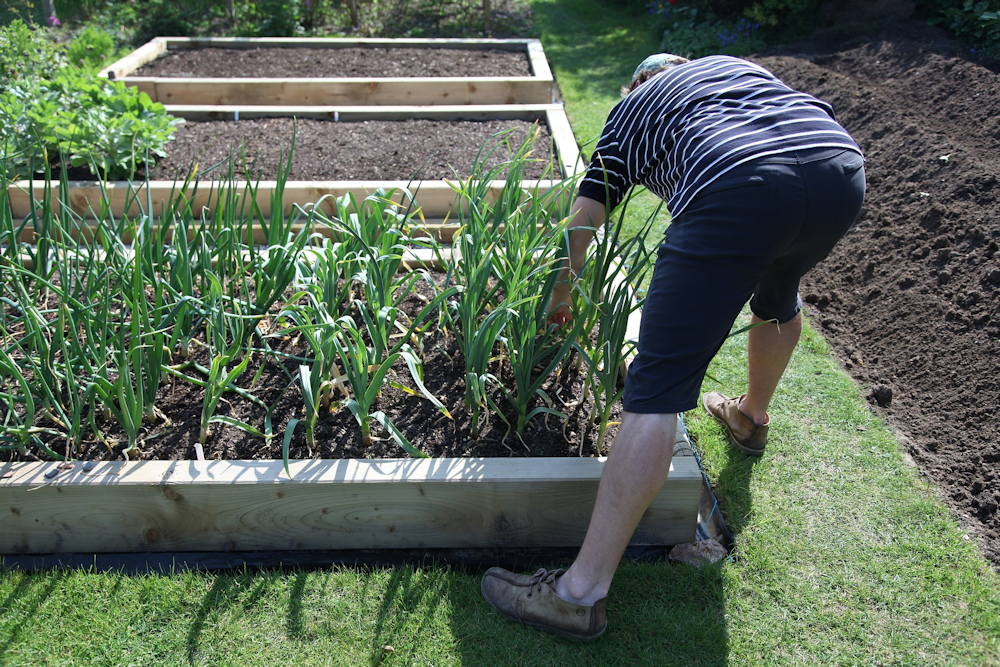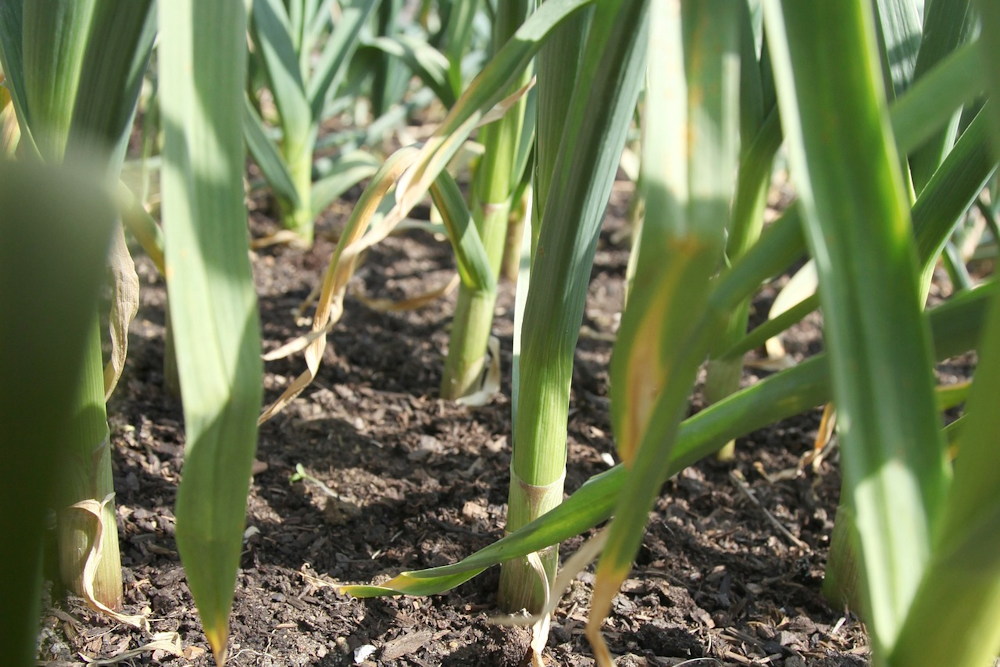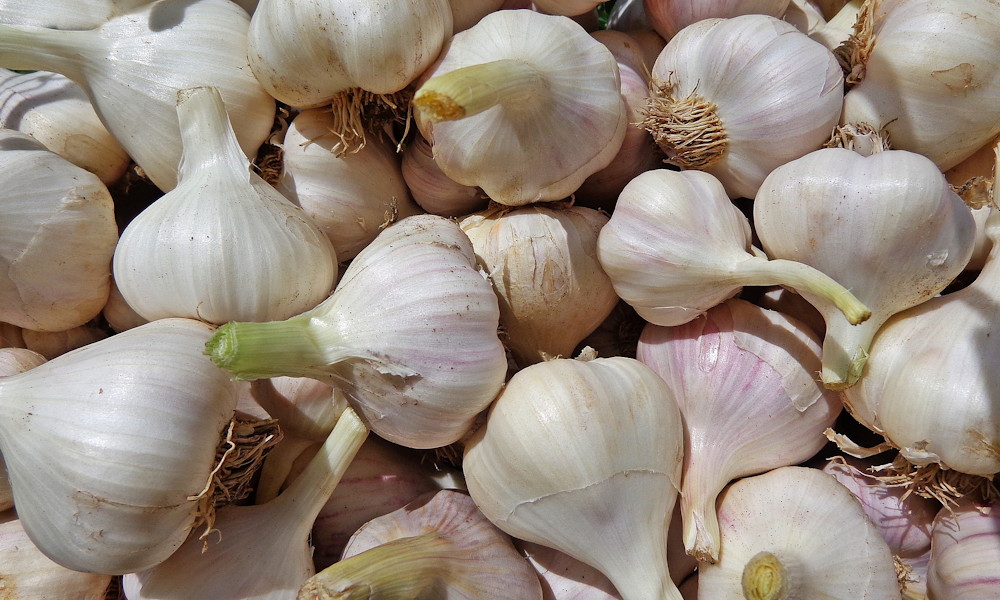Are you an aspiring gardener looking to cultivate the perfect garlic crop? Look no further! We’ve got five valuable tips to help you grow and care for garlic that will leave your kitchen garden bursting with flavor and aroma.
Garlic, a beloved culinary staple, brings a delightful burst of flavor to dishes. Whether you’re a seasoned gardener or just getting started, mastering the art of growing garlic can be a rewarding experience. In this article, we’ll share five essential tips to ensure you have a thriving garlic harvest in your garden.
Understanding Garlic’s Needs
Garlic belongs to the Allium family, just like onions, and it thrives in cooler weather. To get the best results, you’ll need to pay attention to the timing of planting. Garlic sets the stage for cloves and growth during the cold season. Therefore, it’s crucial to plant your garlic bulbs in late autumn or early winter, ideally two weeks before the first frost.

5 Tips for Growing Garlic
1. Seeds or Sets?
Garlic seeds have a low germination rate, and most varieties are sterile due to years of selective breeding. For successful propagation, opt for garlic sets, which are small garlic bulbs. They ensure a higher likelihood of producing healthy plants.

2. Adjust Planting Depth According to Winter Weather
When planting garlic, separate the cloves from the bulb and place them in individual planting pits. The depth of these pits depends on your local winter climate. In mild regions, a depth of 2-3 cm is sufficient, while in colder areas, aim for 5-10 cm. Using garlic sets suited to your climate can help your plants adapt more quickly.
3. Utilize Ground Cover
If you anticipate a harsh winter, consider sowing oats in the garlic bed in late August or early September. As the oats wither during colder months, they create an excellent mulch that protects your garlic. Be cautious, though; if the oats stay too vigorous, they may absorb essential nutrients from the soil.

4. Prevent Seed Production
Many garlic varieties develop woody seed stalks over time, diverting energy from bulb growth. Remove these seed stalks, preferably on sunny days, and consider using them in your kitchen. This practice ensures your garlic focuses on bulb development, resulting in larger and more flavorful cloves.
5. Moderate Fertilization
While garlic benefits from phosphorus-rich fertilizers like fish meal for growth, it’s essential not to over-fertilize. Excessive fertilization can cause the leaves to grow excessively, leaving smaller bulbs. Strike a balance between nourishment and restraint to maximize your garlic yield.

In Conclusion
By following these five tips, you’ll be well on your way to cultivating healthy and flavorful garlic in your garden. Garlic’s rich, aromatic taste will elevate your culinary creations, making all your gardening efforts worthwhile. Happy gardening and bon appétit!









